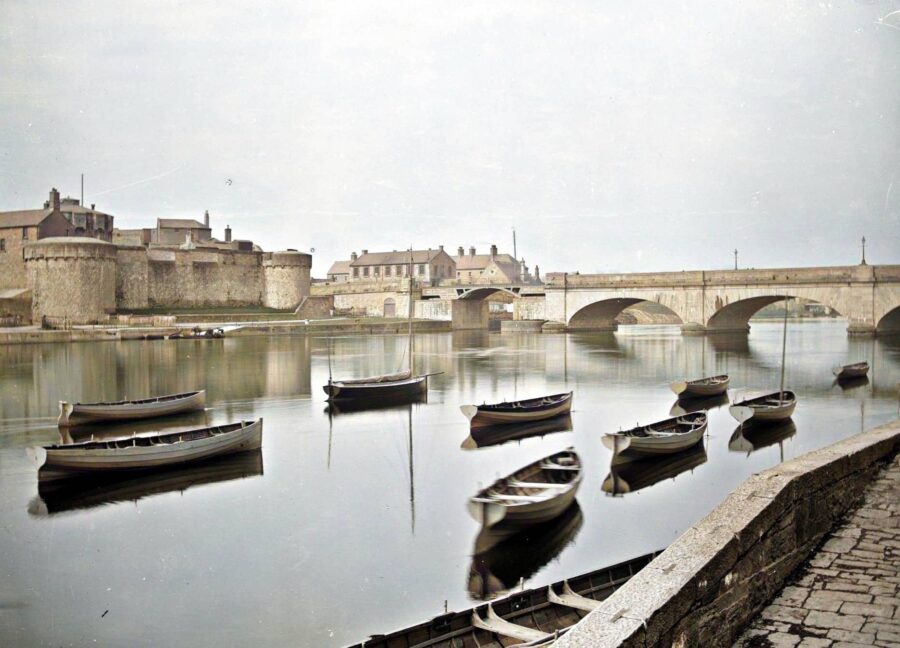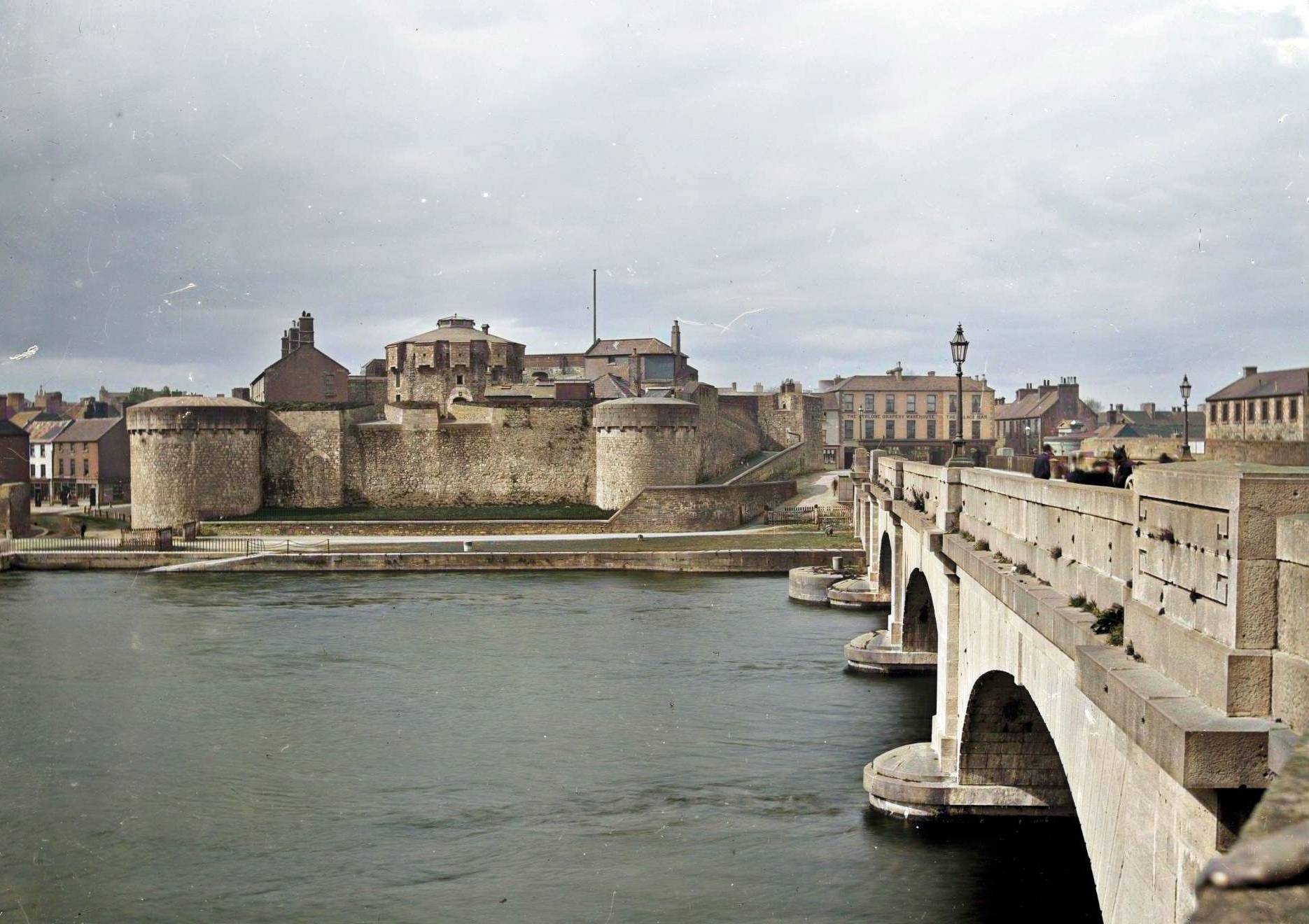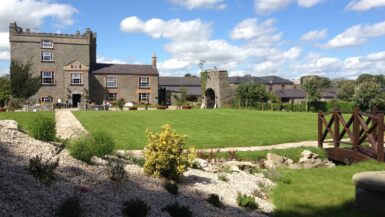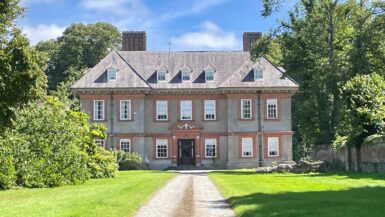In the heart of Ireland, standing tall amidst the bustling town of Athlone, lies the historic Athlone Castle, also known as Adamson Castle. As a symbol of Ireland’s past, this fortress has borne witness to centuries of conflict and change. From its humble beginnings as a wooden fortification to its current status as a museum and heritage center, the story of Athlone Castle is one that reflects the wider narrative of Irish history.
Early History: The Wooden Fort
In the 12th century, Athlone was a strategic location as it bridged the River Shannon, Ireland’s longest river. It marked the division between the provinces of Connacht and Leinster, making it a critical point of defense and a target for would-be conquerors. Recognizing this, the Anglo-Norman knight Risteaard de Tiúit built a wooden fortification in 1129, laying the foundation for the castle that would eventually emerge.
In 1210, the wooden fort was replaced by a more permanent stone structure under the orders of King John of England. This new castle was erected to ensure the loyalty of the local Irish lords and to solidify English influence in the region.

The Siege of Athlone
The most notable event in the castle’s history was the Siege of Athlone during the Williamite War in Ireland (1689-1691). This conflict saw supporters of the Catholic King James II of England and Ireland face off against those of the Protestant King William III of England, Scotland, and Ireland.
In 1690, the castle, then under the control of the Jacobites, was besieged by Williamite forces. The defenders, led by Colonel Richard Grace, managed to hold the castle for over a week, but were eventually forced to surrender. The following year, Athlone was once again the site of conflict, as the Jacobites sought to retake the castle. This second siege lasted for ten days, during which the castle was heavily damaged. Ultimately, the Williamite forces emerged victorious, and the castle was left in ruin.
The structure underwent further renovations in the 19th and 20th centuries, including the addition of a circular keep and the restoration of the defensive walls. These alterations aimed to preserve the castle’s historical integrity while adapting it for modern use.

Athlone Castle Today
Today, Athlone Castle stands as a symbol of Ireland’s past and a testament to its resilience. In 2012, the castle was reimagined as a museum and visitor center, showcasing its long and storied history. The exhibitions within the castle highlight the key events of Athlone’s past, including the Siege of Athlone, the town’s role in the River Shannon trade, and the impact of the wider Irish history on the local community.







Leave a reply